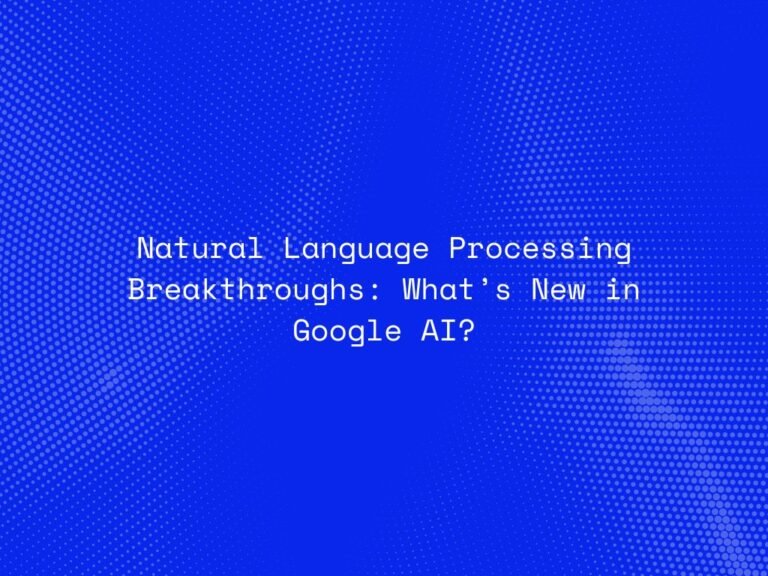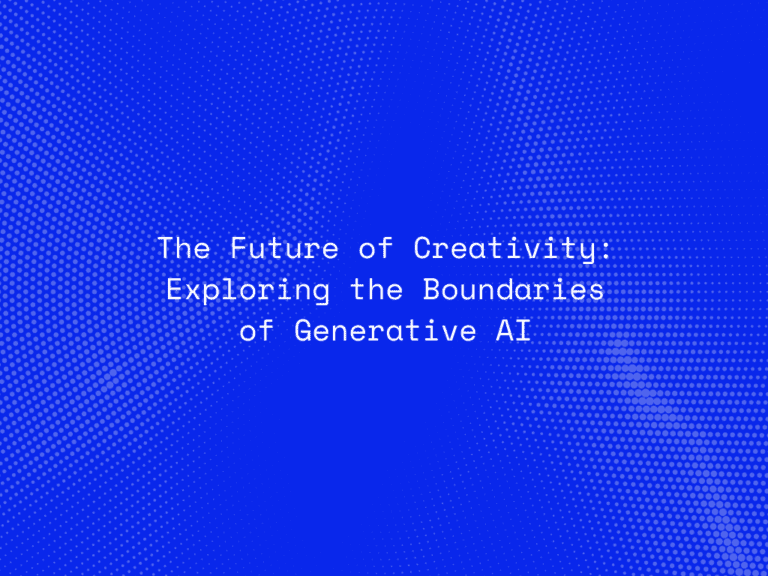In the rapidly evolving landscape of artificial intelligence (AI), Large Language Models (LLMs) have emerged as a cornerstone, driving innovations across diverse fields, from natural language processing to complex decision-making systems. At the heart of enhancing these models’ capabilities lies a crucial process known as fine-tuning. This article delves into the intricacies of fine-tuning, shedding light on its significance, methodology, applications, and the challenges it poses.
Understanding LLMs
Large Language Models are advanced AI systems designed to understand, generate, and interpret human language. Built on deep learning algorithms, these models analyze vast amounts of text data, learning patterns, syntax, semantics, and even the subtleties of language context. LLMs like GPT (Generative Pretrained Transformer) have revolutionized how machines interact with human language, enabling applications such as chatbots, content generation, and language translation.
The Basics of Fine-Tuning
Fine-tuning is the process of taking a pre-trained LLM and adapting it to perform specific tasks or improve its performance in certain areas. This is akin to sharpening a broad skill set to excel in a specialized field. The essence of fine-tuning lies in adjusting the model’s parameters, ensuring it can accurately respond to the nuances of new, task-specific data without losing its general language understanding capabilities.
Importance of Fine-Tuning
The versatility of LLMs, while impressive, means they might not always deliver optimal results straight out of the box for every conceivable task. Fine-tuning tailors these models to specific needs, enhancing their precision and effectiveness. Whether it’s improving the accuracy of a sentiment analysis tool or ensuring a chatbot can fluently converse in a niche domain, fine-tuning makes these adaptations possible.


How Fine-Tuning Works
The fine-tuning process is meticulous and involves several critical steps:
- Preparing the Dataset: The foundation of fine-tuning is a curated dataset, often specific to the task at hand. This dataset must be representative, diverse, and large enough to train the model effectively.
- Training Process: Using this dataset, the LLM undergoes additional training, adjusting its weights and biases to better align with the new task’s requirements. This process is often much shorter than the initial training phase, leveraging the model’s existing knowledge base.
- Evaluation and Adjustments: Following training, the model’s performance is rigorously evaluated. If necessary, further adjustments are made, either by tweaking the model’s parameters or refining the training dataset.
Applications of Fine-Tuning
Fine-tuning has enabled LLMs to excel in various applications, including:
- Language Translation: By fine-tuning on bilingual or multilingual datasets, LLMs achieve greater fluency and accuracy in translating between languages, making global communication more seamless.
- Content Generation: Tailored LLMs can produce more contextually relevant, creative content, whether for marketing copy, storytelling, or even technical documentation.
- Sentiment Analysis: Fine-tuning allows LLMs to better understand and interpret the nuances of sentiment in text, crucial for customer feedback analysis, market research, and social media monitoring.
Challenges in Fine-Tuning
Despite its benefits, fine-tuning presents several challenges:
- Data Quality and Availability: The success of fine-tuning heavily depends on the quality and quantity of the training data. Finding sufficient, high-quality, task-specific data can be a significant hurdle.
- Ethical Considerations: As LLMs are fine-tuned for specific tasks, ethical considerations become paramount. Ensuring that the model does not perpetuate biases or generate harmful content requires careful oversight and ethical guidelines.
Conclusion
Fine-tuning is an essential process in the realm of LLMs, enabling these powerful models to adapt to specific tasks and perform with enhanced accuracy and relevance. Despite its challenges, the potential of fine-tuned LLMs to revolutionize various sectors remains vast, from transforming customer service with more intelligent chatbots to breaking language barriers with superior translation tools. As the field of AI continues to advance, the art and science of fine-tuning will undoubtedly evolve, opening new horizons for the application of LLMs in our digital world.




